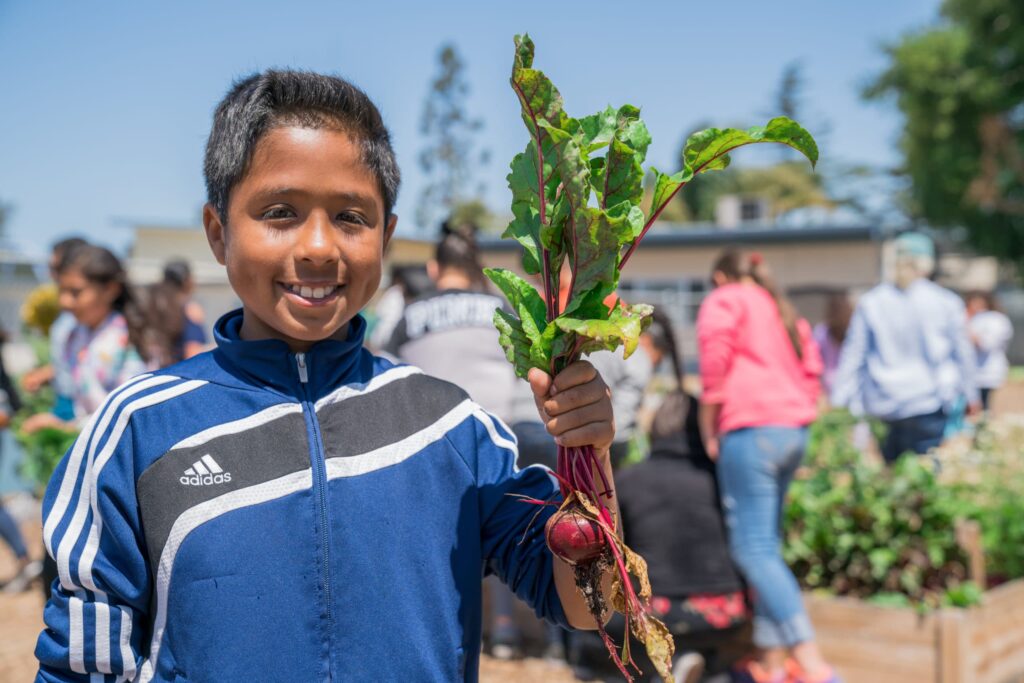From the Source: School Meals and Student Health
Nutritious school meals can play a vital role in improving kids’ health and helping them thrive — at school and throughout their lives.
Help nourish students’ minds, bodies, and hearts this holiday season!
Nutritious school meals can play a vital role in improving kids’ health and helping them thrive — at school and throughout their lives.

Studies show that students who are well-nourished are more likely to thrive at school and live longer, healthier lives.
Yet over the past 30 years, changes in the American diet have negatively impacted the health of our nation’s kids. As a result, today’s kids face a greater risk of cardiovascular disease, type 2 diabetes, stroke, cancer, and osteoarthritis as adults.
The rise of diet-related diseases in kids has placed school nutrition programs in the spotlight. While school food is just one factor in the complex web of childhood health, providing kids with nutritious meals at school has a huge impact. For many students, school meals are their primary source of nourishment. They rely on programs that provide breakfast, lunch, snacks, and sometimes even supper to set them up for success in the classroom and beyond.
These programs grew from the National School Lunch Program, a mainstay of American education for generations. This federal program combats hunger and malnutrition by offering subsidized school lunches to all children and providing meals free or at a reduced price to children from low-income families. Today it serves over 30 million students in more than 100,000 schools.
Healthy meals start with healthy ingredients, and school cafeterias can play a critical role in increasing access to nutritious meals. This is why FoodCorps has started to address school food procurement, a new area of our work that builds on our direct impact in the classroom.
There are numerous examples of school districts creating policies and programs that support purchasing more whole foods and fewer highly processed products. School nutrition departments are hiring chefs, bringing back scratch cooking, and engaging students to try new cuisine. But this can be a daunting task. As school nutrition leaders look for creative ways to innovate for their staff and students, they must navigate a complex network of stakeholders and systems, including:
Students, parents, teachers, school districts, policymakers, advocates — we share a goal to improve access to fresh produce and minimally processed foods in school cafeterias. By working together, we can make small changes that lead to a big impact for our kids’ health.
Want to learn more about how school meals reach students’ trays? Check out the other posts in this series, Who’s Who in School Food and School Food Procurement 101.
This information comes from work conducted by School Food Focus, which has now merged with FoodCorps. We gratefully acknowledge the leadership and staff from School Food Focus who contributed to gathering the research and knowledge shared in this post.

Our 2025 Child Nutrition Policy Year in Review

Winterizing Your School Garden

5 Awesome Small Businesses by FoodCorps Alums